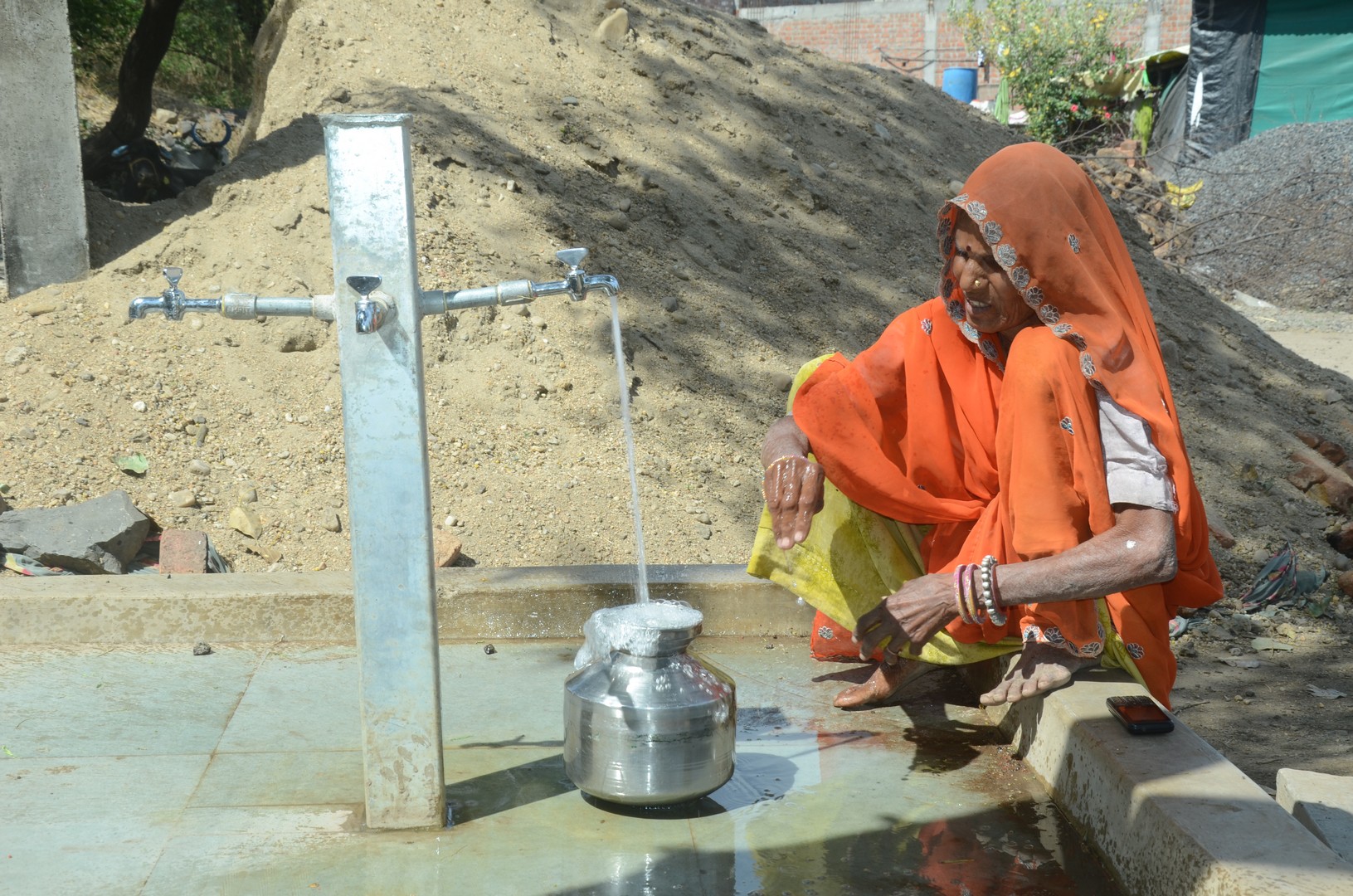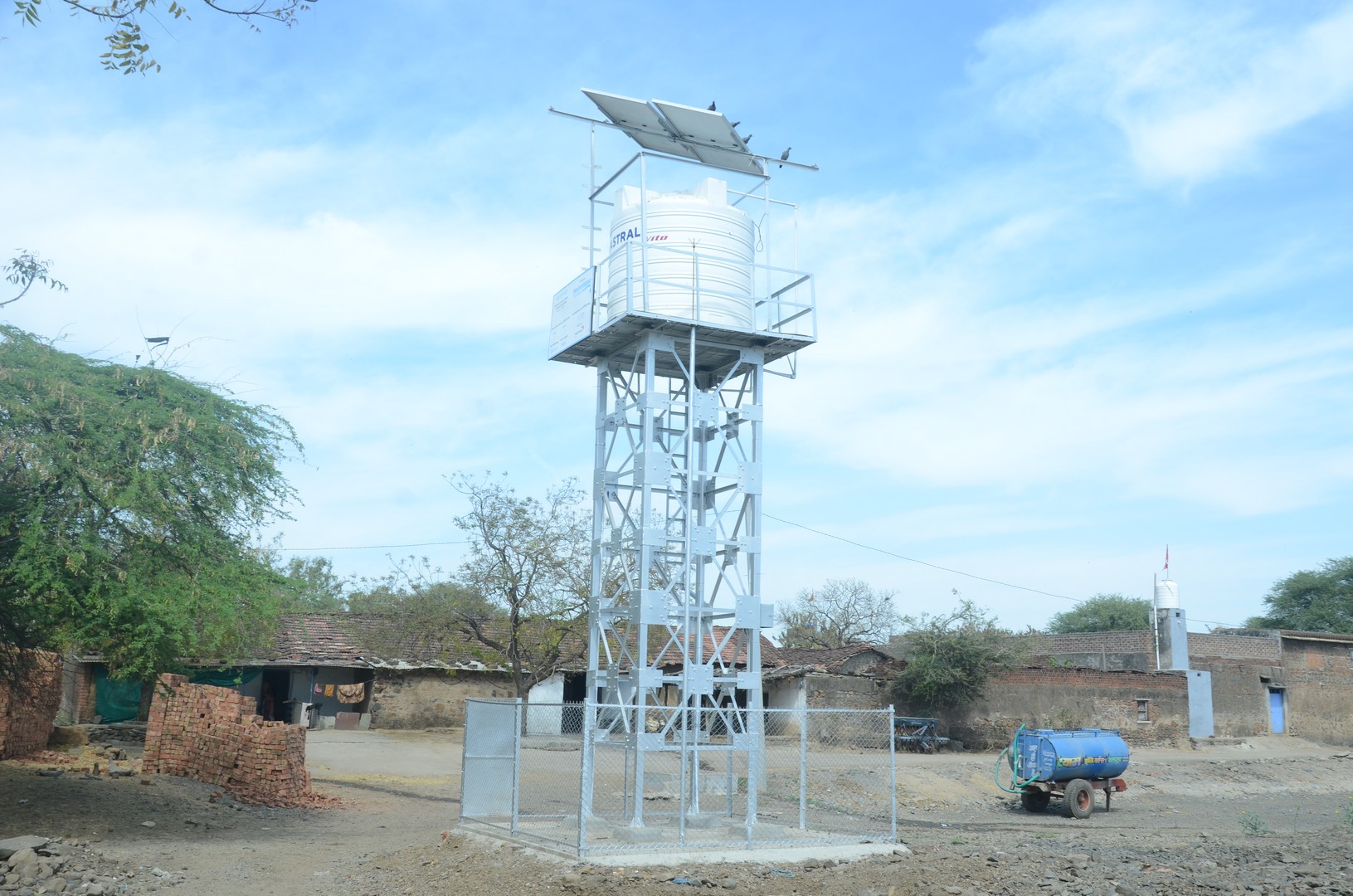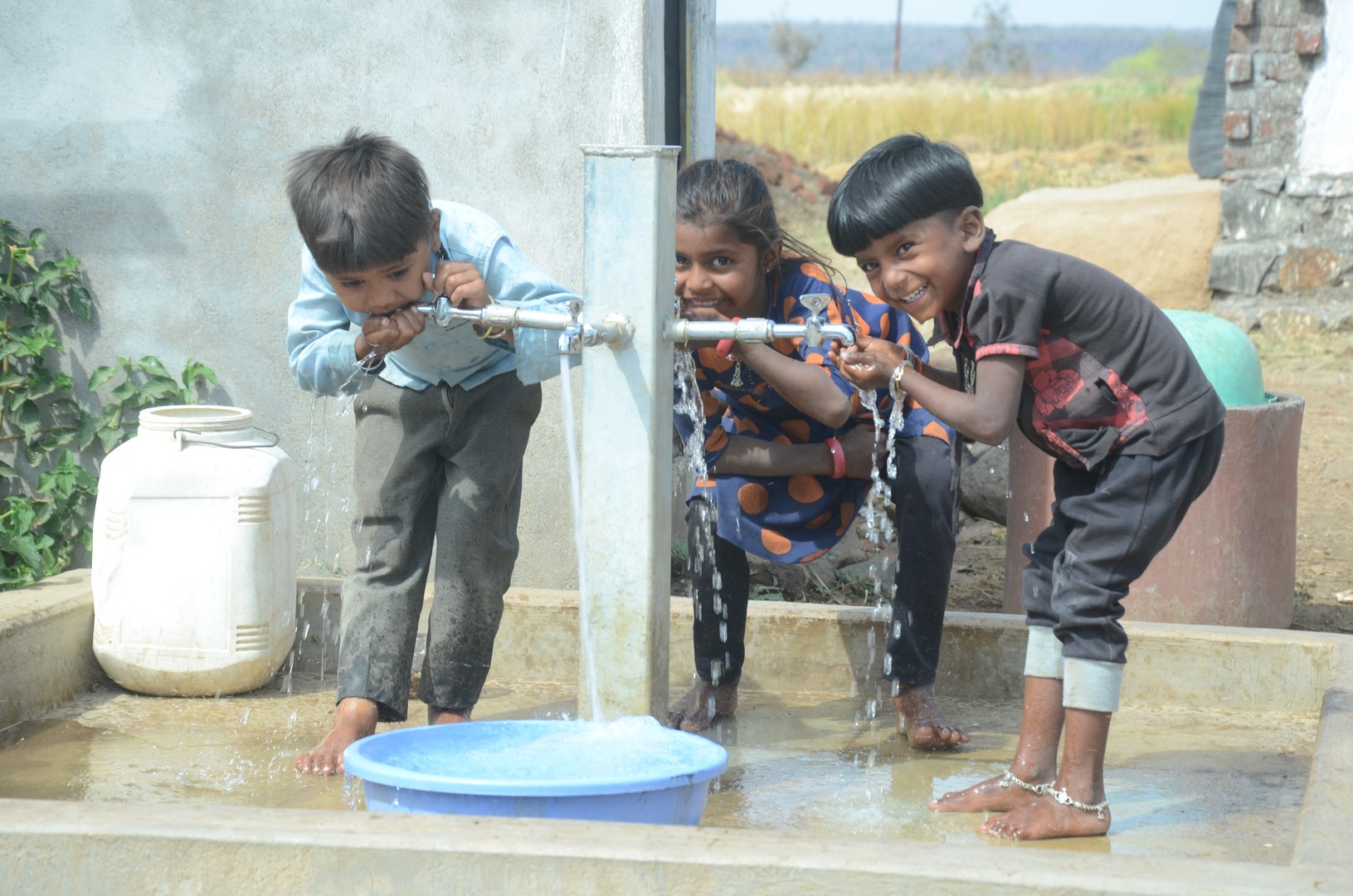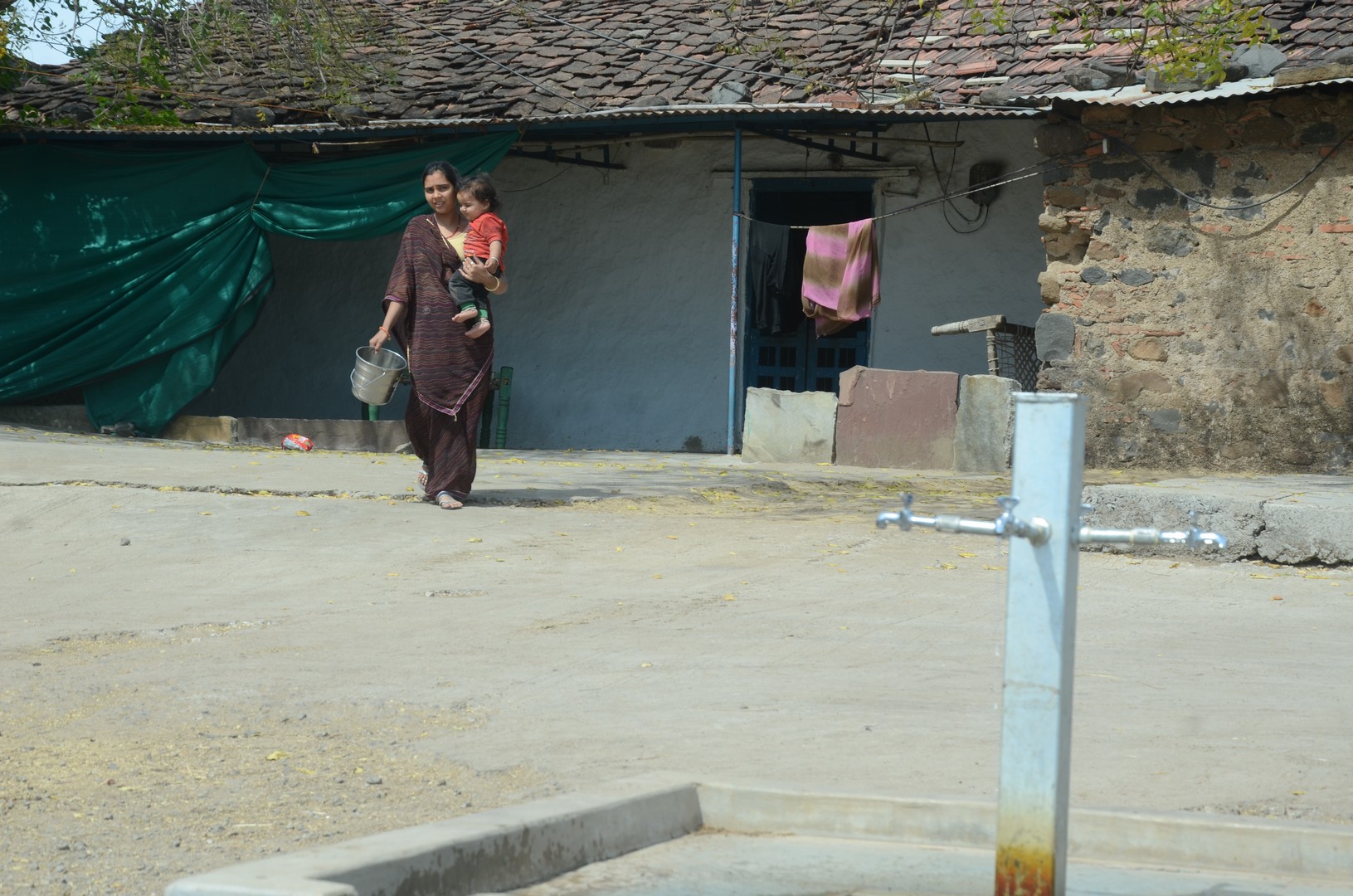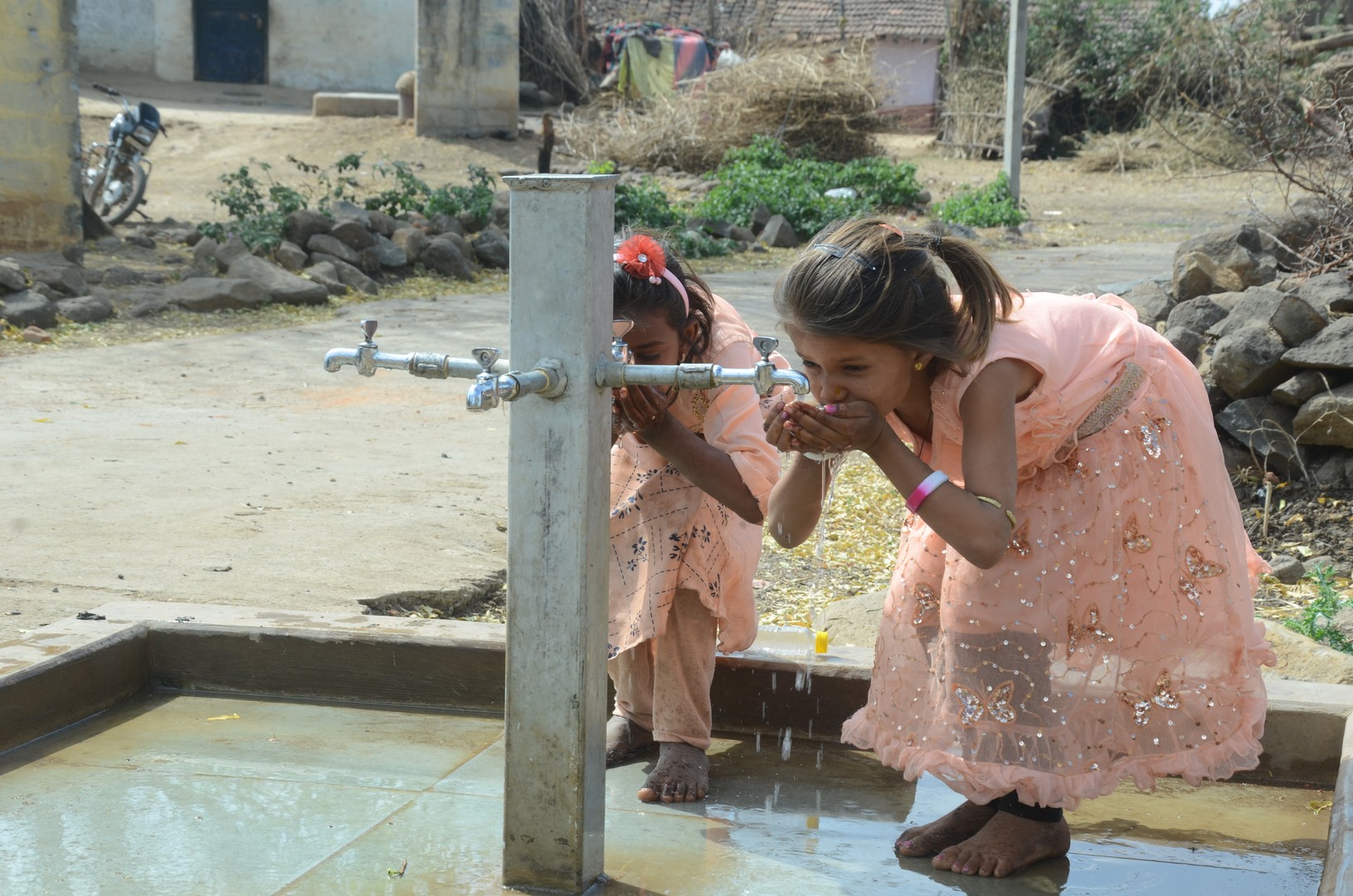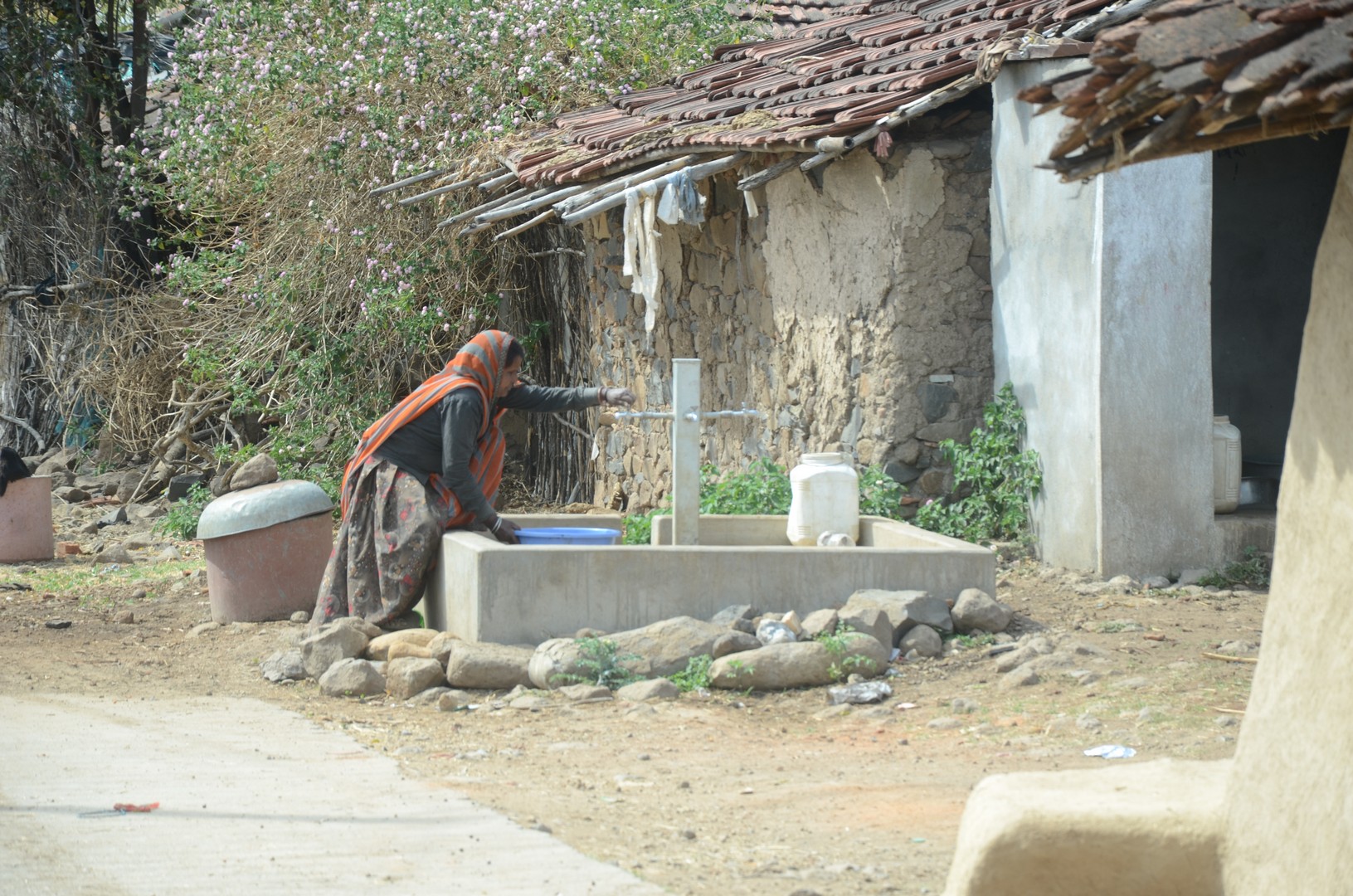Pratapgarh, Rajasthan, India
In collaboration with

March 2022 – December 2022
Improve infrastructure and water distribution systems for marginalized communities highly vulnerable to climate change. Reduce the burden on women and girls who must fetch water and train them to repair water sources, pumps and wells. Restore the plant cover and create an environmental culture.
Objectives
- Achieve equitable access to safe and sustainable basic water supply in the most vulnerable households throughout the year.
- Ensure the sustainability of coverage and delivery of safe drinking water in the final stretch or last mile.
- Assist people in practicing efficient water use through community collaboration and knowledge of preservation and care techniques for water resources.
- Establish a community-level governance system.
- Empower women with skills in water management, maintenance, and repair.
- Implement tree planting to improve green coverage, soil conservation, aquifer recharge, and foster a green culture for water preservation.
Beneficiaries
3,850 directs
Residents of Pratapgarh (1,500 women and girls have reduced their burden and time spent on fetching water).

On the ground
Depletion of aquifers and high vulnerability to drought. Women and girls have to get water. There is a need to restore the vegetation cover.
Pratapgarh is a rural district in Rajasthan, where its inhabitants rely on natural resources for their livelihoods, making them more vulnerable to the impacts of climate change, particularly drought. The scarcity of monsoons and the increasing heatwaves in the region have led to a decline in the volume of aquifers, which are their primary source of water access. Consequently, the vulnerability of the population has increased in recent years. Additionally, the district has experienced significant overexploitation of water resources, and the demand has risen due to population growth, industrial activity, and improved living standards.
As a result, the people of Pratapgarh need reliable access to safe drinking water, cooking water, and proper hygiene facilities. The health problems resulting from this situation contribute to a high rate of waterborne diseases in rural areas of the region.
In selected communities, only one hand pump is available in an open well, forcing women and girls to endanger their safety while fetching water. They must wake up early and walk long distances to provide water for their families. They spend two to three hours each day carrying heavy containers over rough terrain, often making multiple daily trips. This affects the community’s social cohesion and hinders the care of families and the education of girls and adolescents.
Toda la comunidad se ve perjudicada por este tiempo perdido para la vertebración social, el cuidado de las familias y la educación de las niñas y adolescentes.
Moreover, each village’s sole access point does not guarantee water safety “in the last stretch.” This means there is no assurance that the water remains potable from the extraction point to the source and that it is always available for all inhabitants, especially those living in remote or underserved areas.
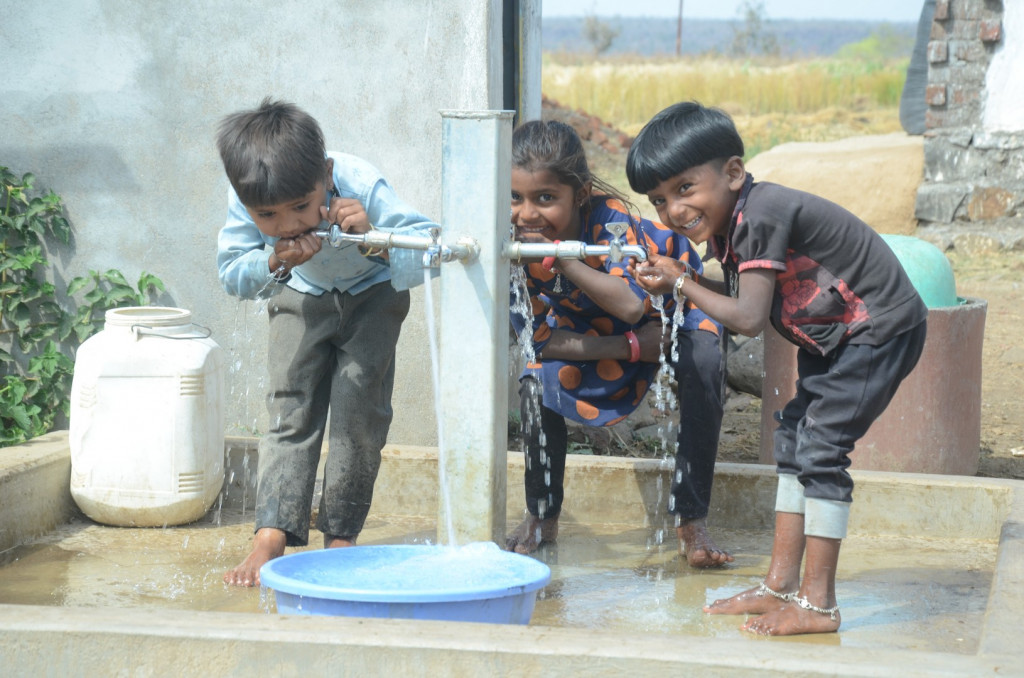
In detail
The intervention methodology is based on achieving strong community ownership of the project. The process begins with village-level mapping to identify water sources. Then, suitable points for water capture and the construction of the hub & spoke system (center and spokes) are determined. This system extracts the best available water source in the community (center) through energy-efficient technology and improves distribution through carefully calculated community distribution points (spokes) for various household needs, making it an adequate water supply system for remote communities. Water is transported using solar-powered submersible pumps disconnected from the grid.
Water conservation methods, such as sediment removal from ponds and rainwater harvesting structures, are designed to help recharge groundwater. As a result, the water supply is available 24/7. Four .Water User Management Committees (WUMCs) are responsible for coordinating project activities and assuming installation and maintenance of the hub & spoke structure. The system is designed to achieve a water storage capacity of 5,000 liters in each hub, with gravity-based distribution to reduce energy consumption.
Water supply points are strategically located within a 30-minute reach from households, per the World Health Organization (WHO) requirements for access to be considered “basic.” This 30-minute timeframe includes round-trip travel and waiting time.
Ensuring coverage in the last stretch of the network is crucial in these projects and requires comprehensive planning and collaboration among various stakeholders. The goal is to bridge the gap between water supply infrastructure and users in Pratapgarh, ultimately ensuring that every individual has access to safe water for their essential needs. The WUMCs are responsible for managing the necessary operations and maintenance.
Public Health Engineering Department (PHED) personnel collaborated to train the WUMCs on safe water management and the importance of safe drinking water for consumption, sanitation, and hygiene. PHED is a government entity responsible for planning, implementing, and managing programs related to drinking water supply and sanitation in different regions of India and wastewater treatment.
Prospects of sustainability
The sustainability of the project is ensured thanks to various measures implemented. First, a community capacity development plan focused on water quality and conservation has been established. This involves educating the community on the importance of maintaining a safe and sustainable water supply over the long term.
Another key aspect is the training of women in the repair of water pumps. In four targeted villages (Badi Bambori, Amliphalan, Khoriya, and Khudaniya), 120 women were trained. As a result, these women now have the ability to repair water pumps, reducing dependency on outside assistance and ensuring timely and efficient maintenance of the facilities.
In addition, the women were trained to create a social map showing the location of households, drinking water sources, drainage systems, and flood levels on their village lands. This visualization allows a better understanding of the current situation and facilitates informed decision-making to address water access problems.
A practical demonstration of hand pump repair toolkits was carried out in the four villages as part of the training. During these demonstrations, participants successfully repaired three handpumps that had been sitting idle for long periods of time. This demonstrates the effectiveness of training and empowering women to address specific problems related to water supply.
In general, trained and equipped women are in a favorable position to identify and address gaps in access to water, as well as to make informed decisions about operation and maintenance within the framework of the WUMC. Now, minor repairs to the handpumps can be carried out by the women themselves without the need for external assistance, which promotes self-sufficiency and the community’s active participation in the project’s sustainability.


